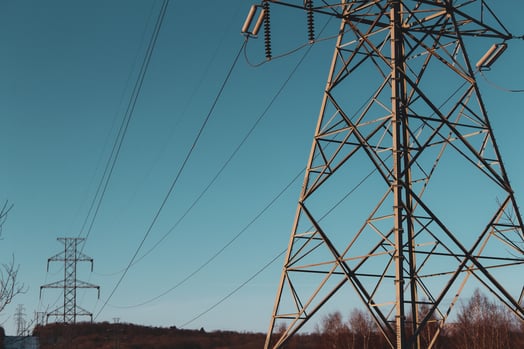As with other large purchases, solar PV systems, with optional battery storage, can be quite an investment and it is natural to look for a high return on investment (ROI) that will benefit you over a long period of time.
The ROI of solar is calculated by considering several factors such as, and not limited to, the
• cost of the solar PV system and/or batteries
• the business or household’s energy consumption and cost of electricity
• the energy production and electricity savings from the solar system
• local/state/federal government incentives
• your electricity retailer’s feed-in tariff.
As the value of some of the above changes, so does the ROI. However, while the first few on the list are self-explanatory, businesses and households interested in solar often do not understand how their feed-in tariff contributes to the ROI of their investment and what this process entails.
First and foremost, the FiT is a credit for excess electricity generated by your solar PV system that is exported back to the grid. This credit is deducted off their electricity bill after a grid connection application has been applied for and approved. The FiT is usually a set rate per kilowatt hour (kWh) that will be different to the cost of electricity you pay for on your electricity bill. As a result, one of the defining criteria for a FiT is the business or household’s solar system must be connected to the grid.
FiT can differ depending on your energy retailer, the time of day your excess energy is fed back into the grid (peak/off-peak/shoulder for battery storage customers), the electricity distributor (DNSP), state, and the size of your system.
The FiT is determined by your energy retailer, NOT your solar PV provider.
Your solar PV provider sends your energy retailer documents to facilitate the grid connection application process. In some cases, your energy retailer could limit your excess energy exported back to the grid or reject the application completely. Export limiting means your export is limited to a certain amount of kWh. Zero export means you will not be able to export any excess energy to the grid at all. Unfortunately, this is determined entirely by the distributor and depends on demand and grid infrastructure in your area.
If you are export limited or are unable to export excess energy from your solar PV system, your ROI may reduce. However, this should not deter you from considering solar since ROI is calculated on many varying factors that can still provide an attractive ROI regardless of FiT. For example, if you use approximately 5kWh a day, with much of your energy use in the daytime, and you install a 4kW solar PV system, you should still see a significant reduction in your energy bills as your energy use is offset by free, renewable energy. Another alternative is to install battery storage to store your excess energy for use in the morning, at night or during the day when the sun is hidden.
So, while FiT is a consideration when it comes to calculating the ROI of your solar PV system, it surely isn’t the only determining factor! Having a FiT, unlimited or limited, can increase the ROI of your system but may still provide savings for you and make it a viable, cost-saving investment!


